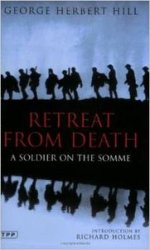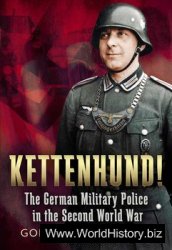Students in general academic schools studied nineteenth-century classic Russian writers as well as officially approved Soviet and foreign writers. Foreign language instruction, which children were required to begin in fourth or fifth grade, continued throughout their junior high and high school years. Most schools offered only one foreign language, generally English (the most commonly taught foreign language), though German (the most commonly taught language before World War II), French, Spanish, Chinese, or Hindi were sometimes taught. The official curriculum mandated an impressive array of courses in math and sciences, but the quality of courses depended on a school's location and population. The intelligentsia were more likely than workers and peasants to demand high-quality education for their children, to live in districts with superior schools and teaching, and to provide an educationally rich home environment. Older grade-school children were required to take "social studies," a study of Marxist-Leninist theory. Those who continued to higher education, whatever their school or specialization, had to take courses and pass exams in ideas about history, history of the Communist Party of the Soviet Union, and principles of political economy, all taught from the Marxist point of view, as were literature, geography, language, and even the sciences, fine arts, physical education, and so on.’*
Every student was supposed to get training in practical work and become familiar with the adult working world, a goal that waxed and waned depending on the educational policy of the moment. For Khrushchev, the intertwining of academic and practical work was so important that in 1958 he decreed that high school graduates had to work for two years before being allowed to apply for college entrance, a decree revoked in 1964 when he fell from power. Khrushchev also raised the number of school hours devoted to work training. Education for the
Workplace mcluded both classroom talk about different kinds of jobs (in lower grades) and in middle grades, courses like wood shop, metal shop, and electronics for boys and domestic arts like sewing and cooking for girls. At the senior high level, students might spend four hours a week practicing an employment skill, often in a real workplace. Time was also set aside for gym classes and field trips, but traditional academic subjects were always the main focus of general schools. Students interested in athletic competition could join a local after-school sports club, if one was available. These clubs fielded teams for regional and national competitions and provided coaches to spot exceptionally talented young athletes. Schools did not provide such teams.




 World History
World History









